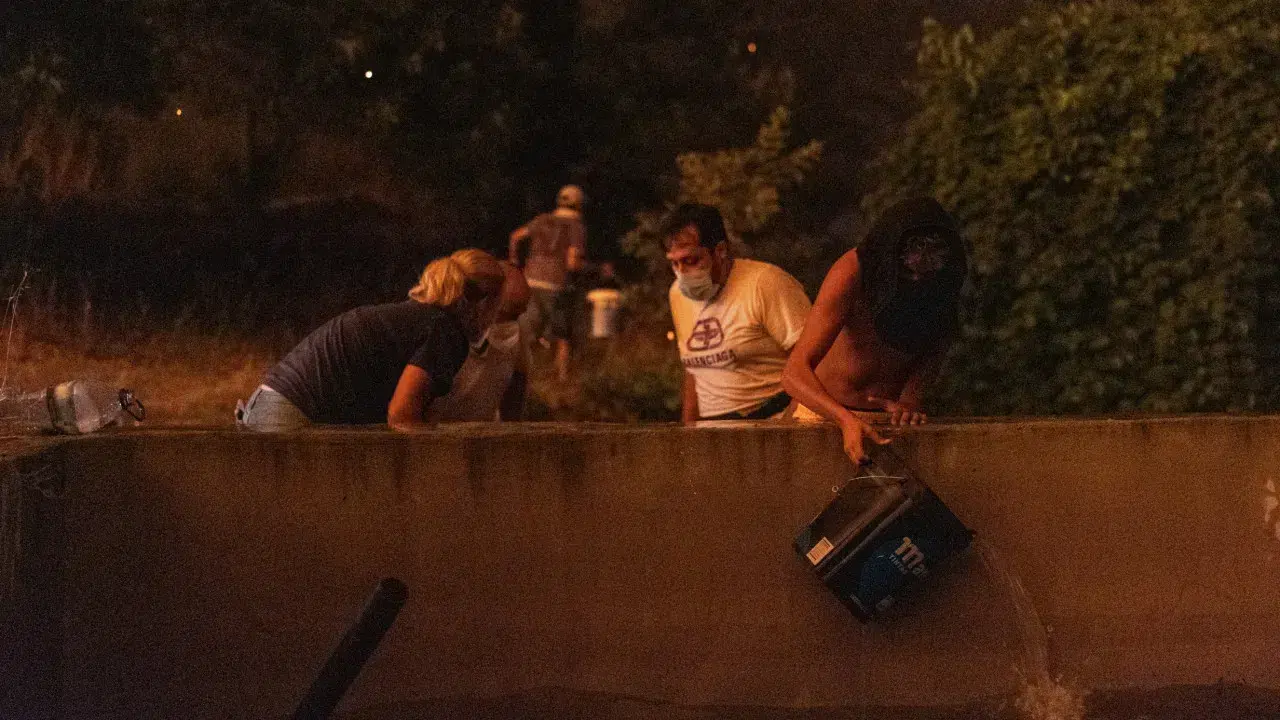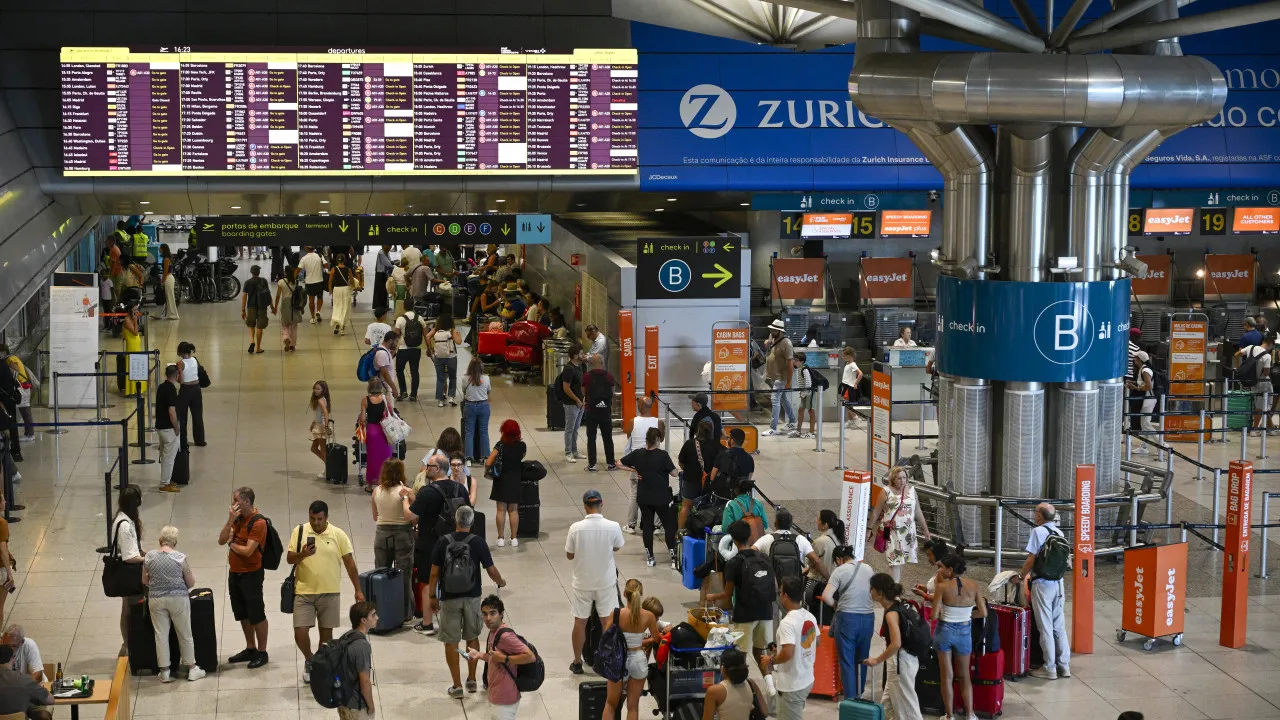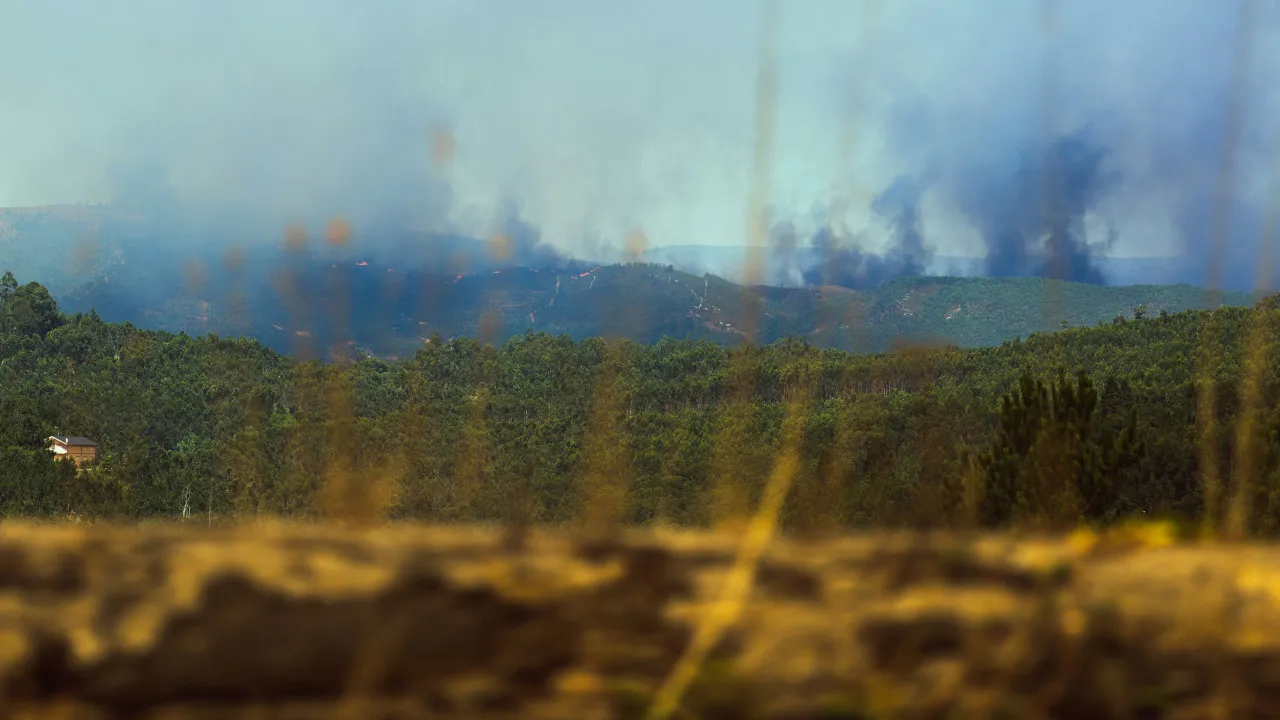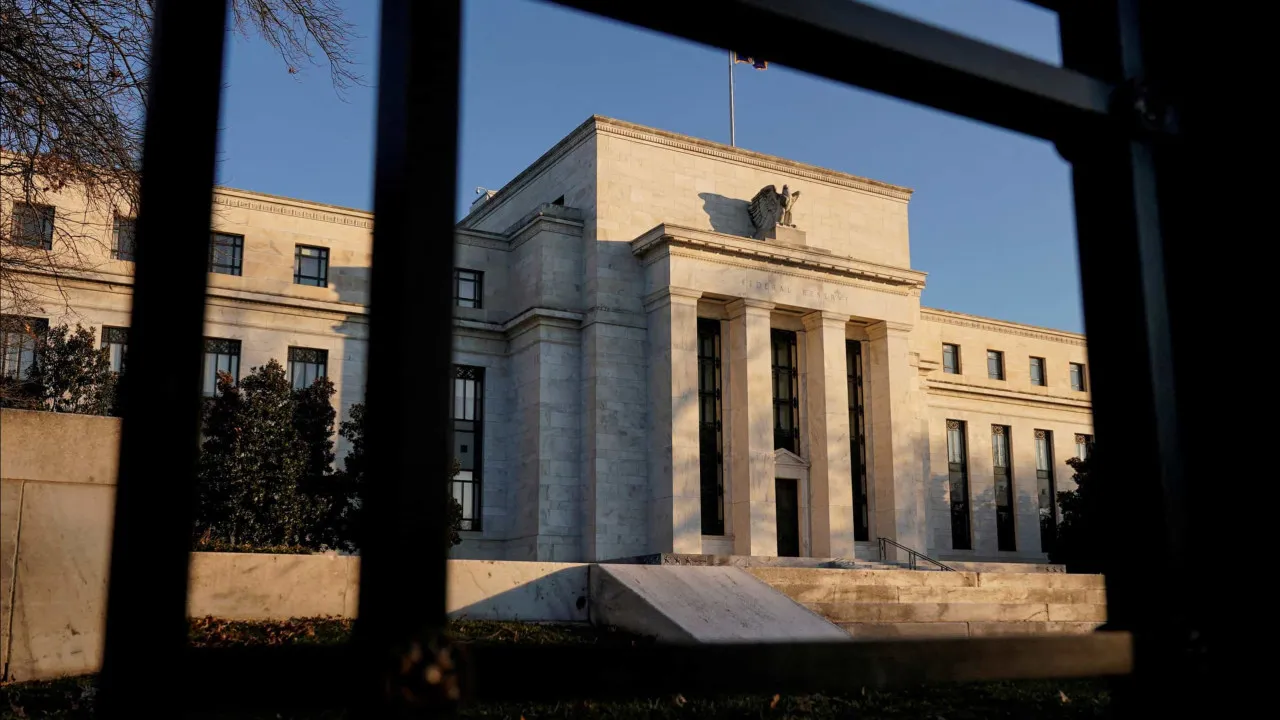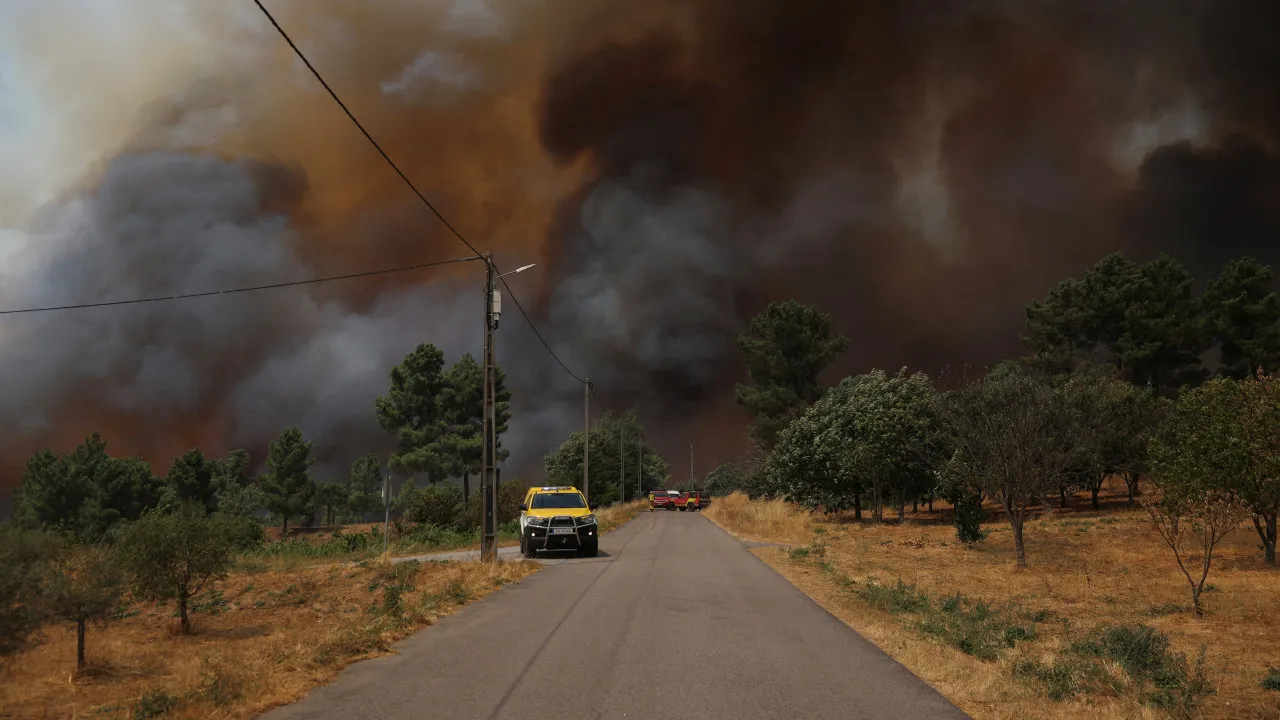
“There is only hope left. What more do we have? Nothing. Everything is burned, everything is gone. And what hasn’t burned is singed and won’t bear fruit. At least this year, we’ll see if they survive to bear fruit in the future,” said Manuel Pereira and Aires Macieira.
They are two producers from Penela da Beira, in Penedono, Viseu district. Manuel Pereira is 80 years old, and Aires Macieira is 42. For both, it is the work of a lifetime, and despite the age difference, they share the same hope of seeing fruit on the trees again.
“In my lifetime, I’ve seen many fires, but never like this. I never thought I’d see something like this. Look at these chestnut groves, everything burned. Look at this one, the fire hasn’t even entered the grove, but look at the burs, all burned from the heat. They are black,” described Manuel Pereira.
On a visit to several groves in Penela da Beira, the charred hectares were visible and “beyond saving, most of them,” despite some properties having already been watered, “because there is still hope” of saving them.
“But it takes away the courage to plant trees,” Manuel Pereira added.
Aires Macieira described the bleak landscape, the “nauseating smell” and “the heartache of looking at the scenery.” “A scenery that is mine and of other producer friends. Those near the pines were the worst; the pines are like gunpowder,” he compared.
This producer explained that “over the last seven, eight years,” he has invested in groves that “are now all burned.” If he manages to save 50%, it won’t be so bad.
The latest investment, around 50,000 euros, was in the spring: “Look at these groves, they are 400 in five hectares. They are new and all burned or singed. I don’t know if they’ll survive.”
Aires Macieira has also been the president of the Penela da Beira Agricultural Cooperative for a year, and “this fire was a kind of blow to the work” done.
“After fixing the house, fighting against ink disease and cancer in chestnut trees, the hope was that the campaign would improve next year, and now this blow could be fatal if we don’t get special credits and support; it could be our death,” he stated.
Ana Dias, an agronomist by training and working with the groves in recent years, highlighted that this fire that swept through the Penedono region has caused several problems.
“In other years, a pine forest burns here and there, but that is still a supplementary income for people. Chestnut groves and olive groves are not. They are the main income for people, and now it will take 15 to 20 years again, and until then, there are no means of subsistence,” she noted.
Regarding the watering of burned groves, which is “well recommended” to save the chestnut trees, Ana Dias emphasized that “there are no water reserves, it hasn’t rained for a long time, and there are no means or people to do it; it’s a very elderly population.”
“And there is another serious environmental issue. Have you noticed that you can’t see or hear an animal? There are no birds, no rabbits. Nothing. There are no animals, no trees; this area will be even more affected by heat in the coming years and the lack of rain,” she warned.
Aires Macieira also mentioned the animals he has, although “possibly” he will stop having them. “None of them died, but I don’t know if I want more. I had 70 bales of hay on that slope for them, and now look at what I have. One. One bale is left. It’s the bale of hope.”
The fire that reached Sernancelhe originated from two fires — on the 13th, in Sátão (Viseu district), and on the 9th, in Trancoso (Guarda district). By Friday, it became one, spreading to 11 municipalities in both districts.
The 11 municipalities are Sátão, Sernancelhe, Moimenta da Beira, Penedono, and São João da Pesqueira (Viseu district); Aguiar da Beira, Trancoso, Fornos de Algodres, Mêda, Celorico da Beira, and Vila Nova de Foz Côa (Guarda district).
This fire was brought under control by 10:00 p.m. on Sunday.

